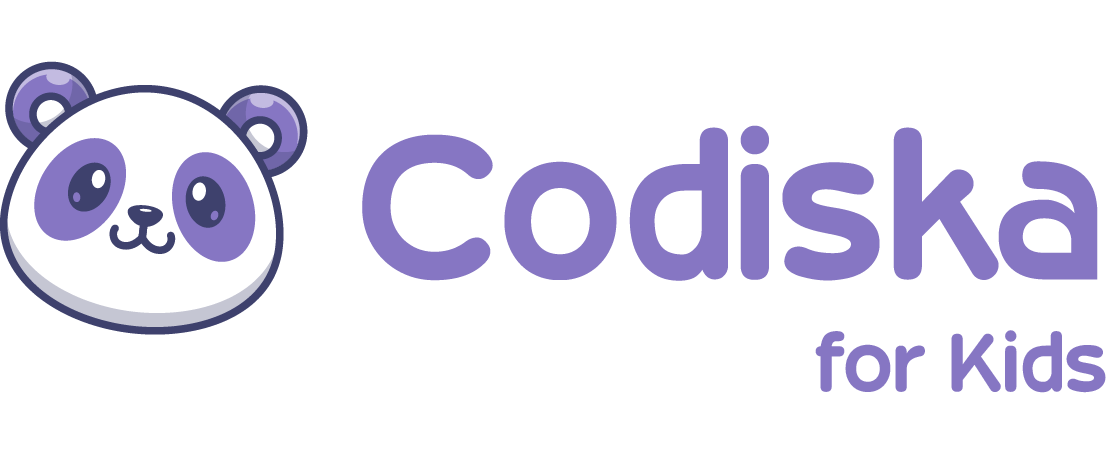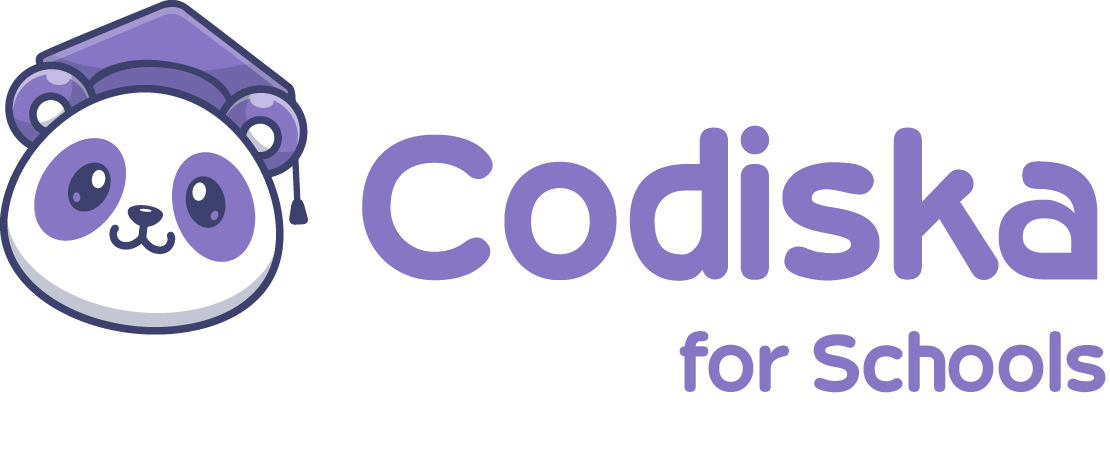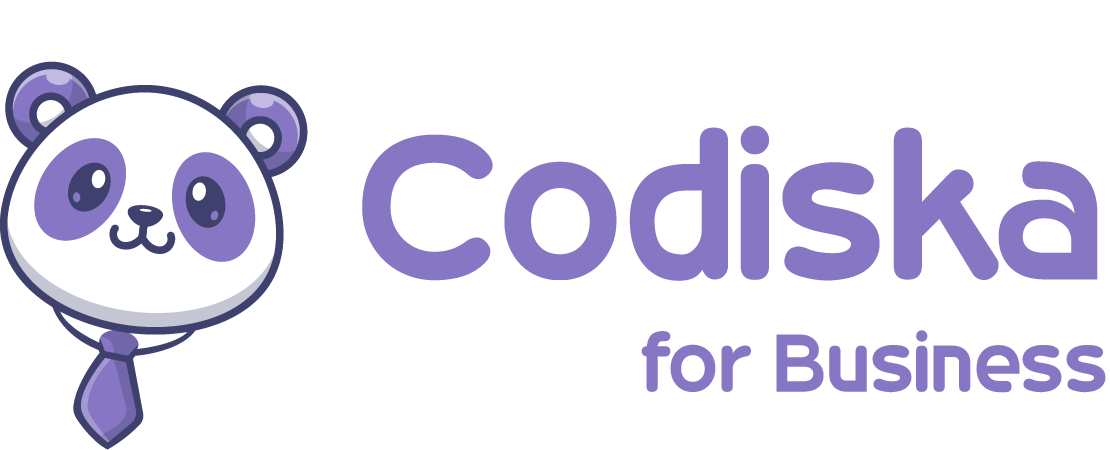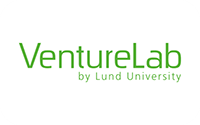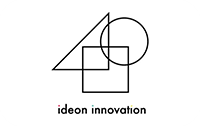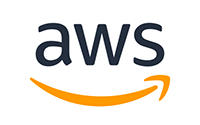Empowering Through Coding: A Journey for Everyone

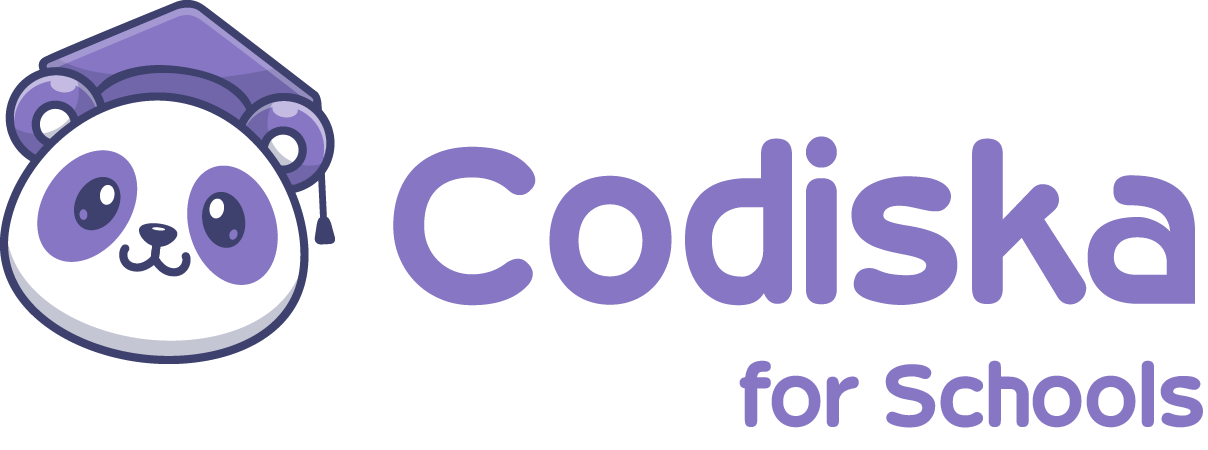
Project-Based Flipped Learning
Comprehensive 5-Year Curriculum
No Need for Expert Programming Teachers
Learn more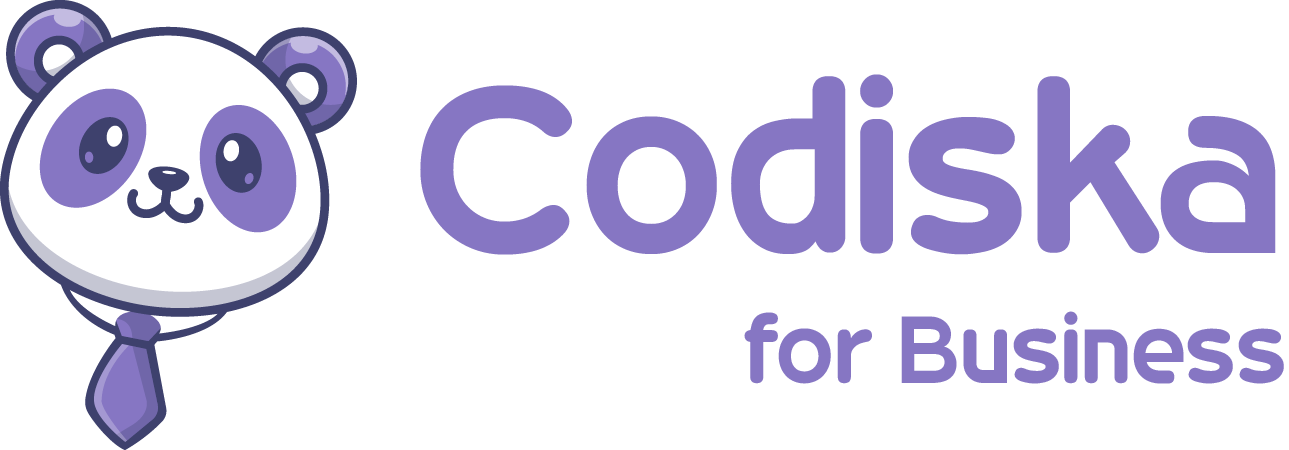
Series of Hands-on Workshops
Designed to equip you with the coding skills
A must have to excel in today’s data-driven world
Learn more
